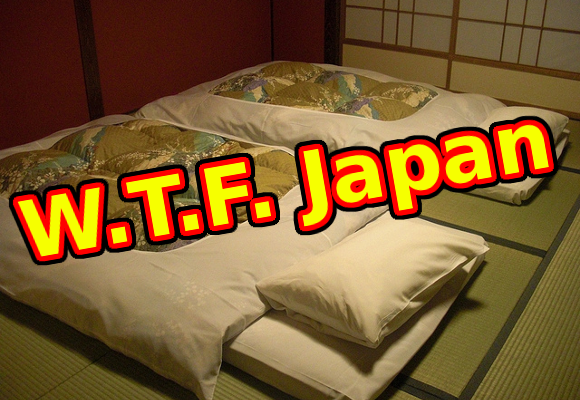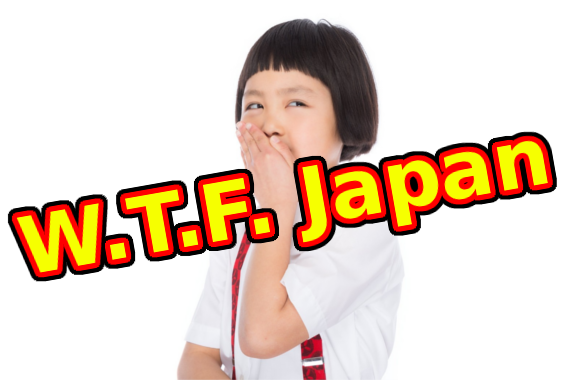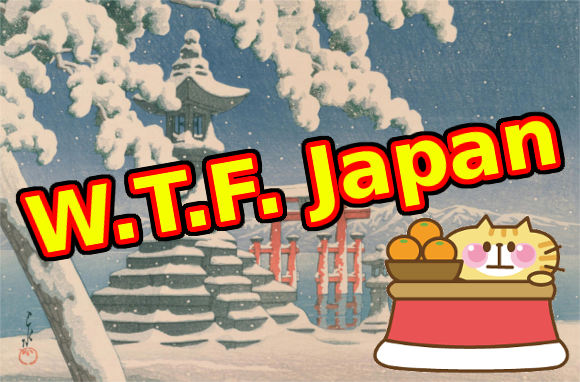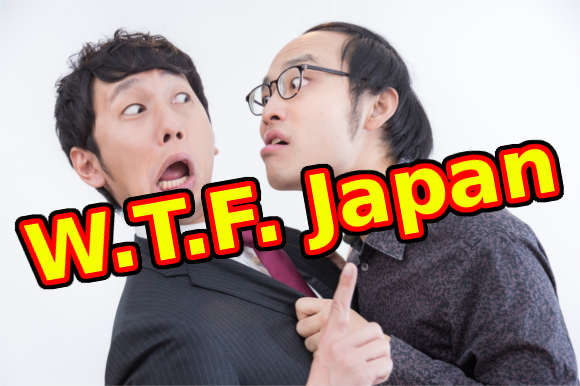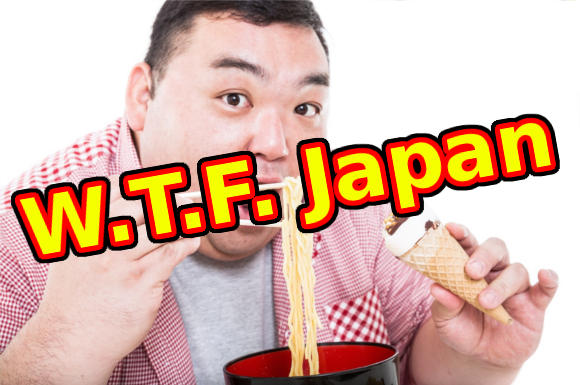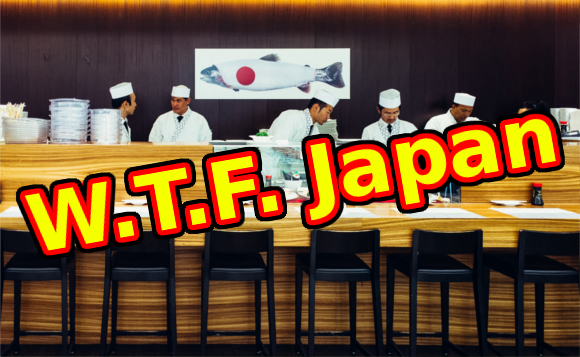This week for my RocketNews24 W.T.F. Japan article, I wrote about top five crazy awesome features of Japanese restaurants.
I think I’m different than a lot of people in that I really, really don’t like going out to eat. In fact it’s something that I really don’t understand about other people. Let me explain with a list of the reasons why, in my opinion, going out to eat is usually miserable:
- It costs more (usually way more) than if you made it yourself.
- You may not be full afterward (can’t just go to the fridge and get more).
- It may not be prepared the way you like it (under/overcooked, something nasty mixed in).
Yes, I understand that there are some benefits of going out to eat (no cleanup, you can eat food you couldn’t prepare yourself, etc.), but in my personal opinion those pale in comparison to the three items on the list. Why would I want to go somewhere I have to pay more, may not leave full, and may not even like what I get? For atmosphere? Please. If I need atmosphere, I’ll go skydiving.
But all that changes in Japan. I really don’t mind going out to eat in Japan because most restaurants address those three issues like this:
- There’s no tips, so the meal is at least 20% cheaper.
- Most places offer some free food refill (rice, bread, cabbage) so you’ll leave full.
- Realistic 3-D plastic food samples so you know exactly what you’re getting.
It’s remarkable how much of a difference those three small changes make. And it’s not just those either. The whole dining experience from start to finish is always just less awkward, more relaxed, and overall more pleasant in Japan.
Why? Well go ahead and read the article to find out!
Read the article here.
